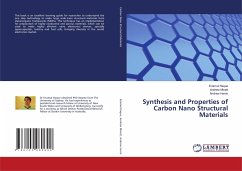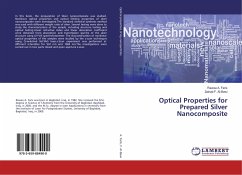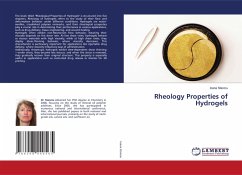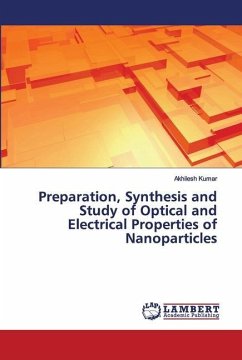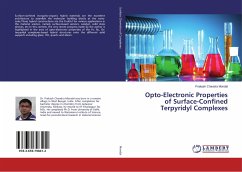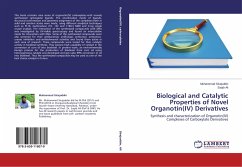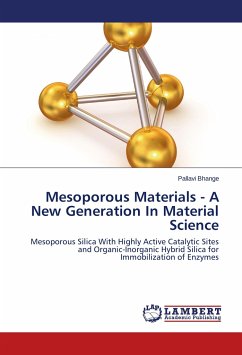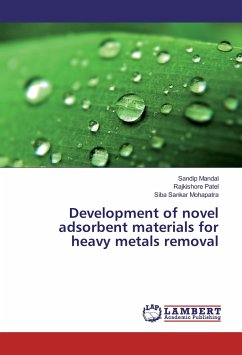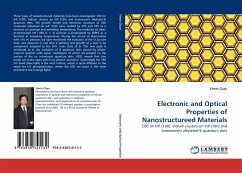
Electronic and Optical Properties of Nanostructureed Materials
C60 on InP (100), Indium clusters on InP (100) and luminescent alkylated-Si quantum dots
Versandkostenfrei!
Versandfertig in 6-10 Tagen
45,99 €
inkl. MwSt.

PAYBACK Punkte
23 °P sammeln!
Three types of nanostructured materials have been investigated: C60 on InP (100), Indium clusters on InP (100) and luminescent alkylated-Si quantum dots. The growth model and electronic structure of C60 molecules adsorbed on InP (100) were studied by XPS and UPS as a function of coverage and annealing temperature. The evolution of clean, In-terminated InP (100)-(2 × 4) surfaces is investigated by SRPES as a function of annealing temperature. During the course of illumination with 145 eV photons we have monitored the evolution of the Si 2p core level, and observed in real time a splitting and ...
Three types of nanostructured materials have been investigated: C60 on InP (100), Indium clusters on InP (100) and luminescent alkylated-Si quantum dots. The growth model and electronic structure of C60 molecules adsorbed on InP (100) were studied by XPS and UPS as a function of coverage and annealing temperature. The evolution of clean, In-terminated InP (100)-(2 × 4) surfaces is investigated by SRPES as a function of annealing temperature. During the course of illumination with 145 eV photons we have monitored the evolution of the Si 2p core level, and observed in real time a splitting and growth of a new Si 2p component assigned to the Si4+ ionic state of Si. This new peak is attributed to in situ oxidation of Si quantum dots caused by photo-induced reaction with water, multilayers of which are present on the surface of the as- introduced quantum dots. XEOL reveals that two bands are active upon soft X-ray photon excitation. Surprisingly the 390 nm band (blue light) is the most intense, which is quite different to the result for UV photoexcitation, where the 650 nm band is the most prominent one (orange light).



